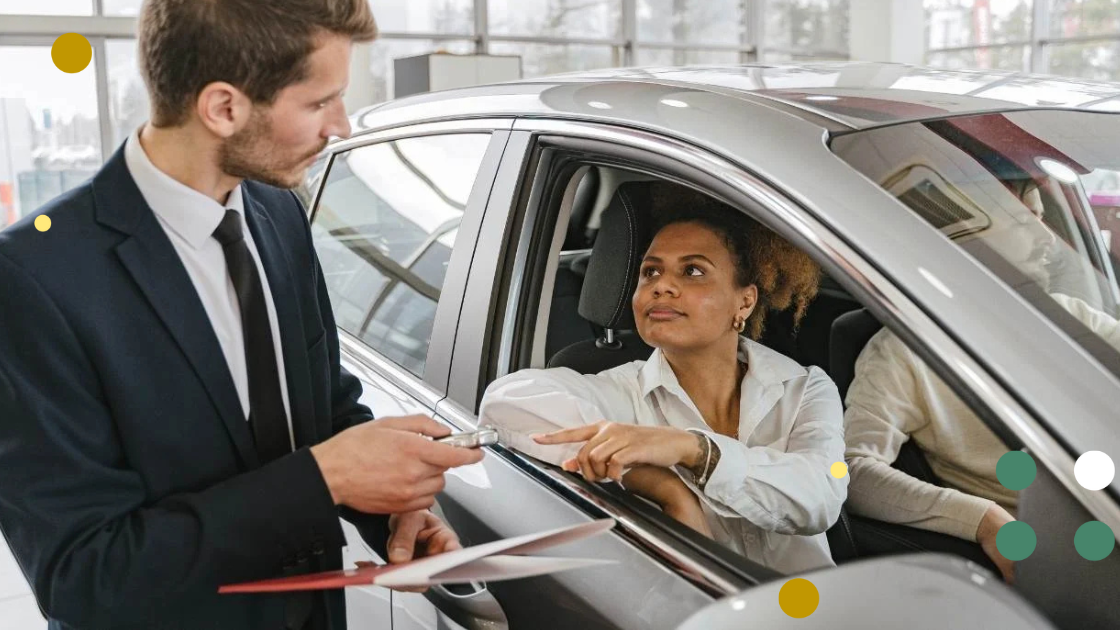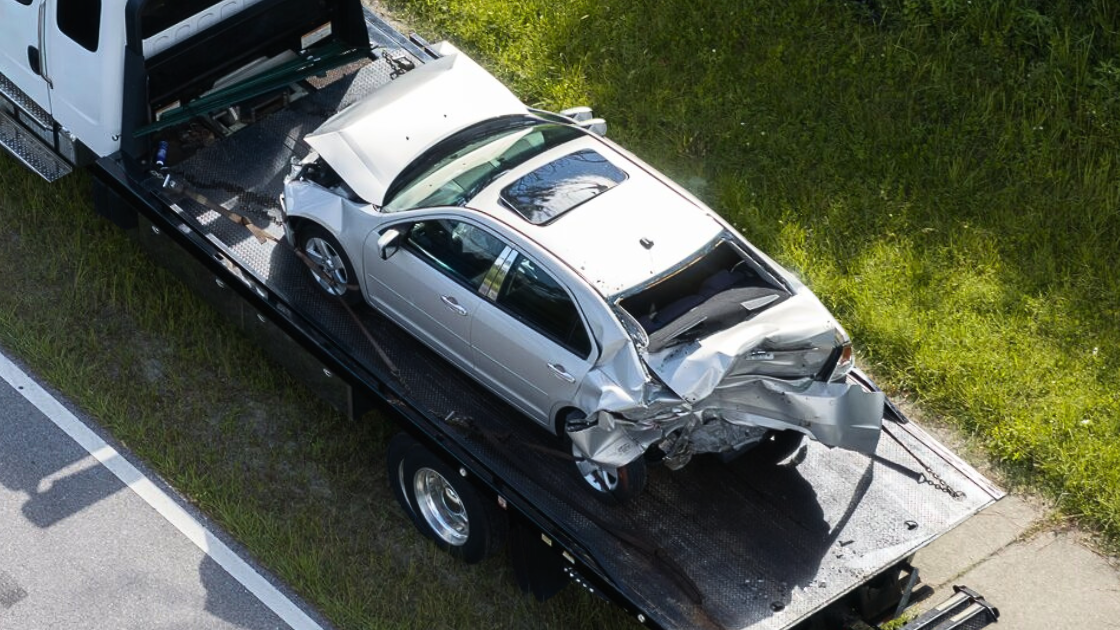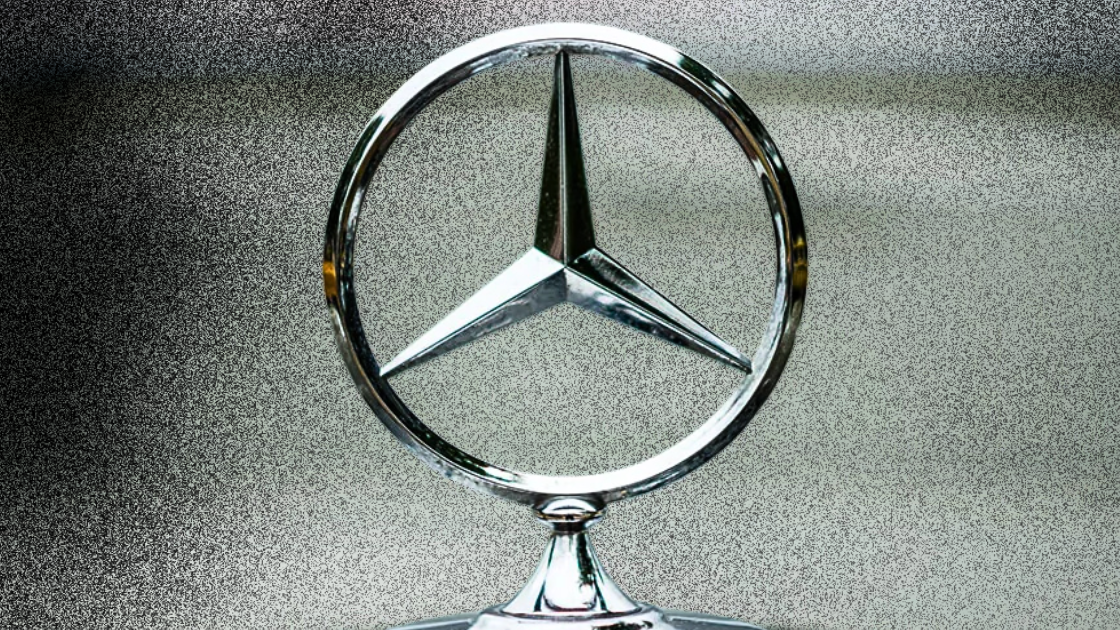
Tesla CEO Elon Musk took the stage last night to sell his vision of “an autonomous future,” announcing a slew of updates for the company’s robotaxi or “Cybercab,” Full Self-Driving (FSD) features, and other products.
Driving the news: Last night’s event saw the executive pull up to the stage in a functioning Cybercab before taking the microphone from Tesla designer chief Franz von Holzhausen, who gave brief introductory remarks. The event was long awaited by shareholders and investors, who, after a decline in sales and profitability in Q1 and Q2, were hoping Musk could restore faith in the brand’s longevity. The entrepreneur made several announcements relevant to the automotive space during his presentation, the first of which concerned the Cybercab, Tesla’s driverless taxi.
The Cybercab is optimized for unsupervised driving, comes without pedals or steering wheels, and will receive electricity through inductive charging. Although he admitted he was often overly optimistic, the CEO said he expected it to enter production in 2026 and cost buyers less than $30,000 on launch.
The entrepreneur also revealed that unsupervised FSD, the same software used in the new robotaxi, will soon come to all Tesla models, including current generations. The first to get the update will be Model 3 and Model Y owners, who he said would likely receive access sometime in 2025.
Musk also revealed what he called a “Robovan,” a self-driving bus capable of delivering 20 people and carrying goods. The CEO did not offer as many details on the vehicle but did show off a prototype as it drove before the stage.
Missing links: Some products were notably absent from last night’s event. For instance, Musk did not bring up the company’s “affordable” model, despite denying a claim from Reuters that the project had been canceled in favor of a robotaxi launch earlier this year. There was also no mention of the Tesla Semi, or whether it would receive unsupervised FSD alongside other models.
Zooming in: The Tesla chief discussed the “autonomous future” he envisioned and the advantages he believed it would bring at length. In this new era of self-driving vehicles, business-minded individuals could purchase a fleet of Cybercabs or other Tesla models, possibly running their own rideshare enterprise, he proclaimed. But while Musk offered a clear picture of his dream, questions about how Tesla will achieve his lofty targets still remain.
The Cybercab will begin conducting on-the-road testing in Texas and California next year, “wherever regulators allow,” according to Musk. However, Tesla does not currently have permits to deploy autonomous vehicles without a driver: this would limit its ability to test the robotaxi, as it lacks a means of passenger control.
As of this July, only seven companies were authorized to test vehicles without a safety driver in California on limited streets. Only three, Mercedes-Benz, Nuro Inc., and rival robotaxi firm Waymo have received clearance for driverless deployment.
Autonomous vehicles owned by Cruise, General Motors’ self-driving subsidiary, were previously allowed on state roads but lost their privileges after a unit struck and dragged a pedestrian last October.
Looking ahead: Regulations may also complicate the company’s planned launch of its lineup-wide “unsupervised full self-driving” update, which Musk advertised as allowing drivers to fall asleep during their ride and wake up at their destination.
Such a system would likely be classified as a Level 5 autonomous driving platform, which requires zero attention from passengers during the ride.
Currently, the most advanced self-driving system recognized by the U.S. government is Mercedes-Benz’s Drive Pilot, which is classified as a Level 3 system, meaning it still needs human input for safety but not 100% of the time.
Tesla’s current iteration of FSD is rated as Level 2, meaning drivers must be fully aware of their surroundings.
Bottom line: With an increase in competition from other electric vehicle manufacturers, Musk needed to restore confidence in Tesla during last night’s showcase. Having brought functioning prototypes (not people in robot costumes) and avoided major blunders (like the Cybertruck event’s infamous smashed window), it seems a safe bet that he succeeded. At the same time, the CEO has made big promises before, some of which have yet to materialize, while others took far longer to scale than he initially envisioned. Should Tesla fail to meet its targets according to the timeline he offered last night, it’s possible that shareholders will be less forgiving in the coming months.
Become an automotive insider in just 5 minutes.
Get the weekly email that delivers transparent insights into the car market.
Join 80,000 others now, it's free:
In today's automotive landscape, car buyers invest more time than ever in researching, considering, and comparing options. But for dealers, the challenge lies in pinpointing the audience ready to make a purchase.
Enter Premier by Edmunds.
Premier offers dealers a groundbreaking way to connect with in-market car shoppers precisely when, where, and how they prefer. With over 20 million monthly visits, Edmunds.com is the go-to destination for buyers seeking market insights, expert advice, and budget tools to make informed decisions.
Through Edmunds Premier, dealers gain access to this highly coveted audience. Simply list your new and used inventory on Edmunds, and watch as qualified, in-market traffic flows directly to your vehicle detail pages on your website.
Don't miss out on this opportunity to elevate your dealership's visibility and sales performance. You can sign up for Premier today at Edmunds.com/CDG.










